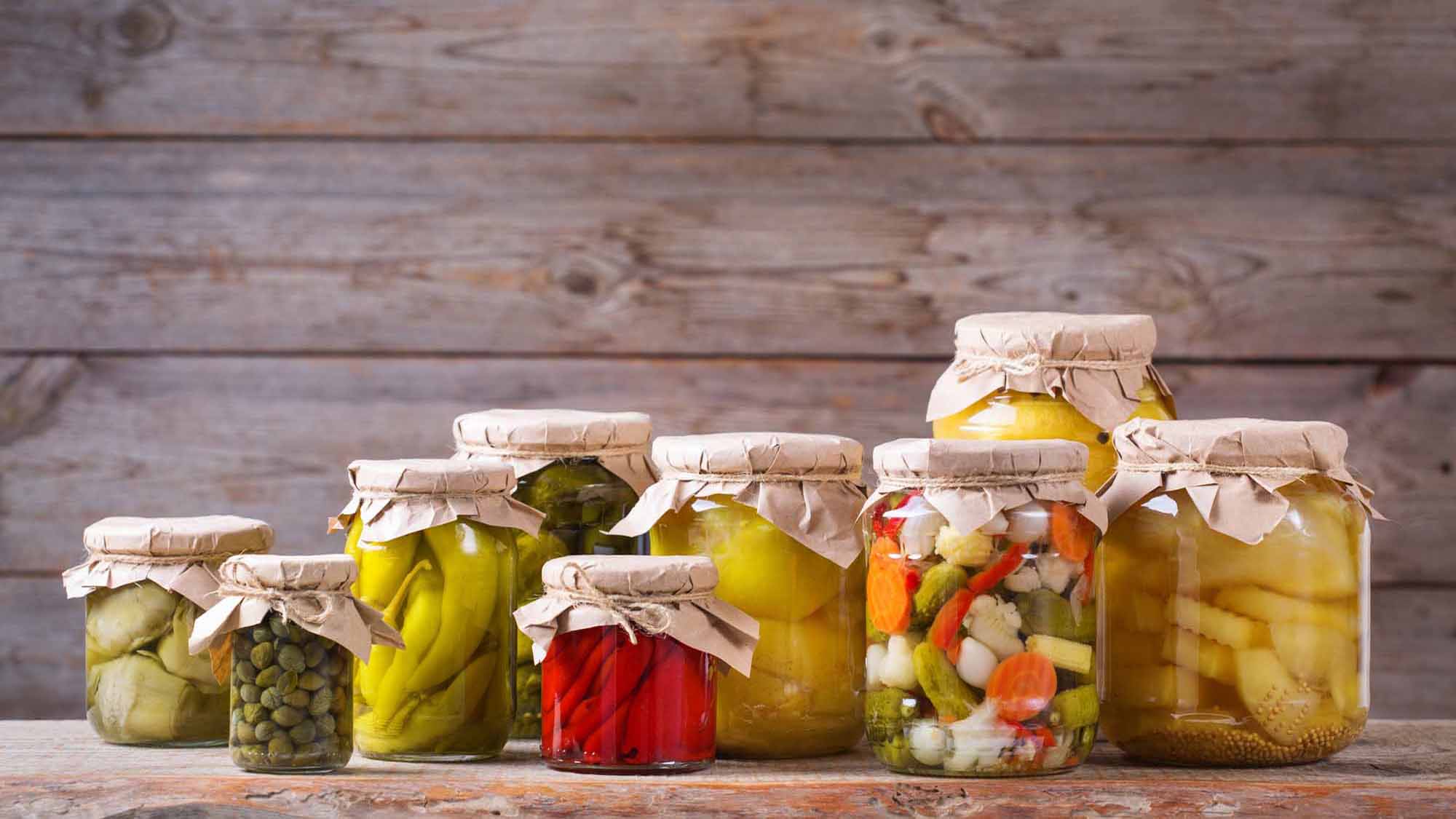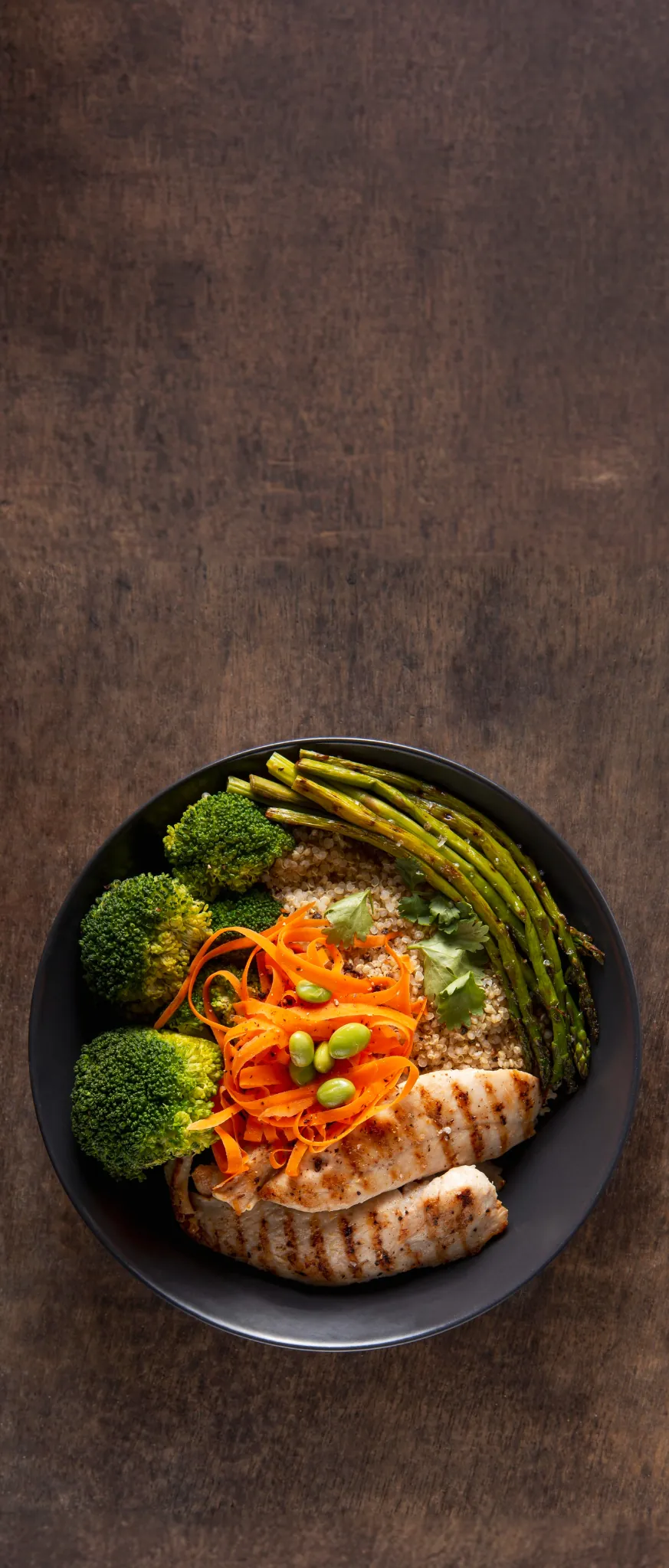25 Easy Tips on How to Safely Store Meal Prep Food and Preserve Flavor
06 Nov 2023

Meal prep recipes are useful for most people because they let you make days - even weeks' - worth of food without breaking the bank and spending tons of time cooking each day. However, all that work can be wasted if you don't properly store your meal prep food. Knowing how to store meal prep food the right way is a nearly surefire way to keep it safe to eat long-term. And while proper food storage means more than just putting meals in the fridge, the tips below can make the process much easier.
9 tips for storing meal prep food in the fridge
1. Make sure containers are airtight
Using resealable plastic bags or containers with lids can slow the growth of bacteria and keep food fresh. Glass jars are good for storing soups, plastic is good for proteins and rice, and mason jars are good for small salad portions or dressings
2. Store diced vegetables or fruit with a paper towel
If you cut produce as part of your meal prep, line the container you put it in with paper towels. The paper towel can help keep your vegetables and fruit dry, fostering a longer shelf life.
3. Keep your fridge below 40°F (4°C)
Ensure your fridge's internal temperature is below 40°F - ideally between 35°F and 38°F. Bacteria thrive in temperatures between 40°F and 140°F, and this can quickly spoil your food.
4. Put leftovers on a shelf, not the door
Different parts of your refrigerator will vary in temperature, so where you're storing your meal prep food matters. For example, it's best not to put highly-perishable food on your fridge's door shelves - these are more easily exposed to outside temperatures as you open and close the appliance. Additionally, the top shelf of your fridge is usually warmer than the bottom, so you should avoid storing your meals there. Longer-lasting items such as cartons of whole eggs may fare better on the top shelf.
5. Eat leftover meat before it spoils
Red meat, poultry, and seafood typically only stay fresh for three to five days in the fridge. Eating them within that time frame helps ensure they maintain the best texture and taste, so prioritize any make-ahead meals that you make with these ingredients. If your stored meat is discolored or foul-smelling, it's best to throw it out.
6. Store more produce in whole pieces
Whole fruit and vegetables often last longer in the fridge compared to their cut-up equivalents. Chopped produce may remain fresh for only a few days but can last for up to two weeks or longer when left whole.
7. Let meals cool before you store them
You should let hot food cool for 30 minutes with the storage lid off before covering it and putting it in your fridge. Doing so can minimize condensation forming within the container and making your food soggy. That said, sealing and moving meal prep foods to the refrigerator before they reach room temperature is key to avoiding bacterial growth.
8. Use ingredients that last in the fridge
The effectiveness of meal prep storage often depends on the ingredients you use. Meals containing pasta, cheese, or grains tend to last longer than those with highly-perishable ingredients such as avocados or berries.
9. Don't pack your fridge full
An overflowing fridge can prevent proper air circulation and could make internal temperatures fluctuate unreliably. This means that some of your meals may reach temperatures that promote the growth of bacteria and thus begin to spoil faster than you intend to eat them.
8 tips for storing meal prep food in the freezer
1. Adjust the freezer temperature
You should keep your freezer at 0°F (-18°C) to ensure optimal storage conditions. Improper or incomplete freezing can lead to bacterial growth that spoils your meals
2. Store the right foods
Freezing certain foods can change their texture and taste, making them less enjoyable. Meals including cooked beef, poultry, fish, and cut produce typically remain palatable after being thawed, particularly in soups or stews.
3. Use plastic containers
For storing food in the freezer, plastic containers or resealable bags are ideal. Glass, on the other hand, expands in the cold and could crack if stored there long term. That said, some glass meal prep containers are tempered to withstand freezing temperatures. If you know for certain that your glass containers are tempered, you can use them for freezer storage.
4. Thaw frozen meals in the fridge
Thawing meals on the counter is dangerous because bacteria multiply once the meals reach room temperature. Keeping them in the refrigerator overnight slows this growth and helps ensure your food is safe to eat the next day.
5. Remove any freezer burn
Freezer burn occurs when food in your freezer is exposed to moisture. Removing parts of your meal with freezer burn can maintain a palatable taste and texture. Of course, that's less food you get to eat, and you can avoid this if you ensure your meal prep storage containers are airtight.
6. Eat within the best timeframe
Freezing meals can extend their shelf life by several months, but they still do have a shelf life. This timeframe can vary depending on the ingredients you use. According to food safety guidelines, it's as short as one month for lunch meats and as long as a year and a half for squid.
7. Allow food to cool before it's frozen
Letting food cool to around room temperature before sticking it in the freezer ensures that there's little moisture in the container to cause freezer burn. Additionally, putting warm food in the freezer can raise other frozen foods' temperatures and promote bacterial growth.
8. Freeze food in the right portions
Freezing food in one big block means you'll need to thaw it that way. Separating food into portions before freezing ensures that nothing needs to be refrozen a second time. That's important - a second freeze can cause meals to lose their taste or quality.
8 tips for reheating meal prep food
1. Microwave meals in glass containers
If your meal prep food is stored in a glass container, it's safe to reheat the entire thing in the microwave. However, don't put it in the oven - the temperature difference between your oven and your kitchen could cause it to shatter when you remove it.
2. Transfer meals in plastic containers to plates
Meals in plastic containers should be moved to plates before reheating in the microwave. Heating with plastic containers can leach chemicals into your food, posing potential health risks.
3. Use your oven to reheat meals
You can line a baking sheet with parchment paper, put your leftovers onto it, and pop it into the oven rather than using a microwave. Reheating your meal in the oven can promote even heat distribution through the food and prevent food from getting soggy.
4. Ensure food is reheated to an optimal temperature
The internal temperature of your food should reach around 165°F (74°C) before it's ready to serve. Any bacteria that builds up while the meal thaws won't survive at that temperature, ensuring your food is as safe as possible.
5. Reheat according to portion
Account for portion size when determining how long you should reheat your meals. The bigger the amount, the longer it must cook to ensure that all parts heat evenly. For example, a single portion of a meal might need a minute or two in the microwave. A two- to four-person serving would take around three to six minutes.
6. Undercook certain ingredients
If you store your meals immediately after making them, slightly undercooking ingredients like beef or shrimp can make reheating more effective. These ingredients won't end up overcooked or soggy, and their flavor will be preserved.
7. Add water periodically for reheating on the stove
Adding water to meals before reheating them - or periodically as you do - can help the food retain moisture in a pot or pan. This maintains flavor and texture for a more enjoyable meal.
8. Reheat the oldest meals first
Whether your meal prep food is stored in your freezer or fridge, put newer batches toward the back. Eating the oldest meals first helps ensure they don't spoil while in storage and still taste fresh when served.
FAQs about how to store meal prep food
What types of food last longest for meal prep?
Soups, stews, and other liquid-based meals will last longest for long-term food storage
Can meal prep help me manage my health goals?
Yes. Meal prep gives you more control over the calories that go into your body and the nutrients you get.
How often should I prep meals?
One or two days per week should work to keep your fridge or freezer stocked with meals.
Delicious meals without the leftovers
Meal prep is a valuable but intensive process that only some can fit into their busy schedules. If you're looking for ready-made meals after a long day at work, there are options that don't involve committing to meal kits or ordering expensive, not-so-healthy takeout. Meal Village delivers individually portioned, fresh, heat-and-eat meals to your door to remove the need for prep entirely - no cooking, chopping, or cleaning required. Browse the Meal Village menu now, then kick back and relax - Meal Village's expert team of chefs has you covered.



